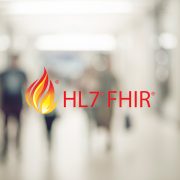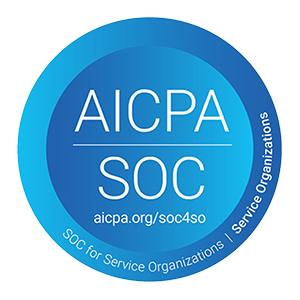Qvera Continues FHIR® Focus for Healthcare IT
Healthcare interoperability continues to drive access to electronic health record (EHR) exchanges from hospitals to patients and providers to providers. And the FHIR standard – which Qvera CTO Ron Shapiro is helping to shape – is essential for EHR interoperability and continuously improved processes.
In March of 2017, FHIR Release 3 was published; and at the HIMSS conference we saw proof that FHIR is already widely used in hundreds of applications around the world, helping the ecosystem of health care providers, patients and payers. The modern standards that have been implemented in FHIR, RESTful API and OAuth-based security, have made it easier to implement FHIR at healthcare organizations.
FHIR Release 3
FHIR Release 3 Improvements include:
- Added support for Clinical Decision Support and Clinical Quality Measures
- Broadened functionality to cover key clinical workflows – as described in the simultaneously-published US Core Implementation Guide (as a part of the Argonaut project)
- Further development of Terminology Services, and support for Financial Management
- Defined an RDF format, and how FHIR relates to Linked Data
- Incremental improvements and increased maturity of the RESTful API and conformance framework
FHIR Connectathon 15
Ron and the Qvera team continue to support the FHIR standard, and will be attending the FHIR Connectathon 15 in Madrid, Spain, in May. FHIR Connectathon 15 is the first to focus on the new FHIR STU 3 version.
Connectathons attract industry leaders and healthcare infrastructure participants from around the globe who gather to collaborate on the software in eleven specific tracks such as Structured Data Capture, Clinical Reasoning and the Patient Track, which Ron is leading.
Building Competencies in FHIR
The Patient Track – introduced in 2014 – provides a ‘friendly introduction’ for those new to FHIR, to go through a simple case scenario to build familiarity with the standard. These scenarios allow participants to do things like register and update a new patient, retrieve patient history, search for a patient by name, and delete a patient – all increasing their familiarity with the FHIR standard.
A more advanced training is also available in the Patient Track to serve the needs of those participants that have been working with the FHIR specification who want a more formalized testing approach. Patient record calls and changes are tested rigorously during the connectathon. In this collaborative training environment, supporting test scripts and corresponding fixtures are entered into the FHIR SVN repository for future use.
In helping to shape and test healthcare IT standards like FHIR, Qvera continues to show community leadership as we work together to drive innovation with healthcare interoperability.









